For this entry in this "Explaing Stats" series, I will explain two important stats: OPS and OPS+. In most places only OPS is referenced and it is a useful tool for evaluation, but OPS+ is a way to improve on OPS and make it carry more meaning and make up for the problems that people find in OPS.
OPS stands for on-base plus slugging. It is literally just the addition of the two stats on-base percentage and slugging percentage. Last year Jose Bautista led the league with an OPS of 1.056, while the highest Indian was Carlos Santana at .808 which was 57th in baseball. The average level is typically seen as .725 but it can vary based on position.
If you remember the previous pieces I am sure you can quickly see one of the main flaws with OPS is that each part is not an equal share. The top slugging percentage last year was .608 and the top on-base percentage was .448. As a result, OPS in general favors power over the ability to get on base.
A lot of Indians fans like Mark Trumbo as he hit 29 home runs and posted a .768 OPS last year which appears great. Yet he also had the 11th worst on-base percentage of every hitter in baseball. It means he is making outs at a rate faster than pretty much every other hitter in the league, yet his OPS looks solid. This under valuing of on-base percentage is the primary issue with OPS.
Another issue is that it does not take into effect the parks or leagues the player is playing in. For instance, the recently signed Prince Fielder had a .981 OPS, which was 5th best in baseball. Yet one has to think that while he will still have a good OPS that he has zero chance of keeping the same rate because of the change in parks to Detroit's spacious Comerica Park. Using a great website Katron.org - which I found thanks to ESPN - you can see how a players' hits would fall in each park. This website showed me Fielder would hit 14 less homeruns if he hit identical to the year before. One would assume that the park factors would have a major effect on OPS. A player in Petco Park will have a much harder time posting a high OPS than someone who plays in Miller Park.
The final factor is the difficulty of the leagues themselves as sometimes one league is better than the other which can inflate a player's numbers. These problems all lead to the development of adjusted OPS or as it is commonly stated OPS+.
OPS+ has a lot of little changes which make it such a useful stat. The first change was to make the stat more accessible. Instead of .725 generally being average for OPS, a value of 100 is the average player on the OPS+ scale. If a player has a value above 100 (ex. 120) then you know they have an above average OPS, if the player has a value below 100 (ex. 79) then you know the player has a below average OPS. This makes it much easier to see and relate player values, so much so that anyone should be able to read and understand it.
This stat also includes more components such as park factors. The way to figure it out is a lot more complicated and is not something that can be easily calculated. Basically it is this:
(OBP divided by park adjusted OBP of the league + SLG divided by park adjusted SLG of the league - 1) X 100.
Adjusted OPS allows fans an easy way to figure out a player's production. It is the easiest scale out there of any stat, and shows the whole of a player's production.
Bill James developed a great system for understanding OPS and it is now a stat that is easy to find and easy to calculate. Yet even a stat like this which is just starting to get the attention it deserves in the last few years is already out of date. Adjusted OPS is yet another tool for fans and scouts alike to try and figure out who are the most effective producers in the game.
Hopefully these stats are both more accessible and understandable to fans out there who were not familiar with them. The next column in this series will focus on WAR (wins above replacement), what it is good for, and how it is an even more inclusive way to figure out a player's value to a team.
For those who want to see the top players in adjusted OPS the last few years go here:
http://www.baseball-reference.com/leaders/onbase_plus_slugging_plus_top_ten.shtml
You can also now follow me on my sports related twitter @jeffIPI.



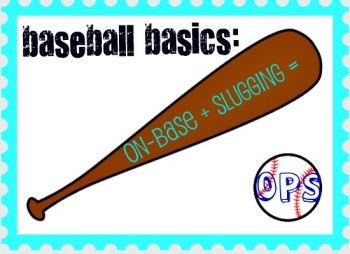







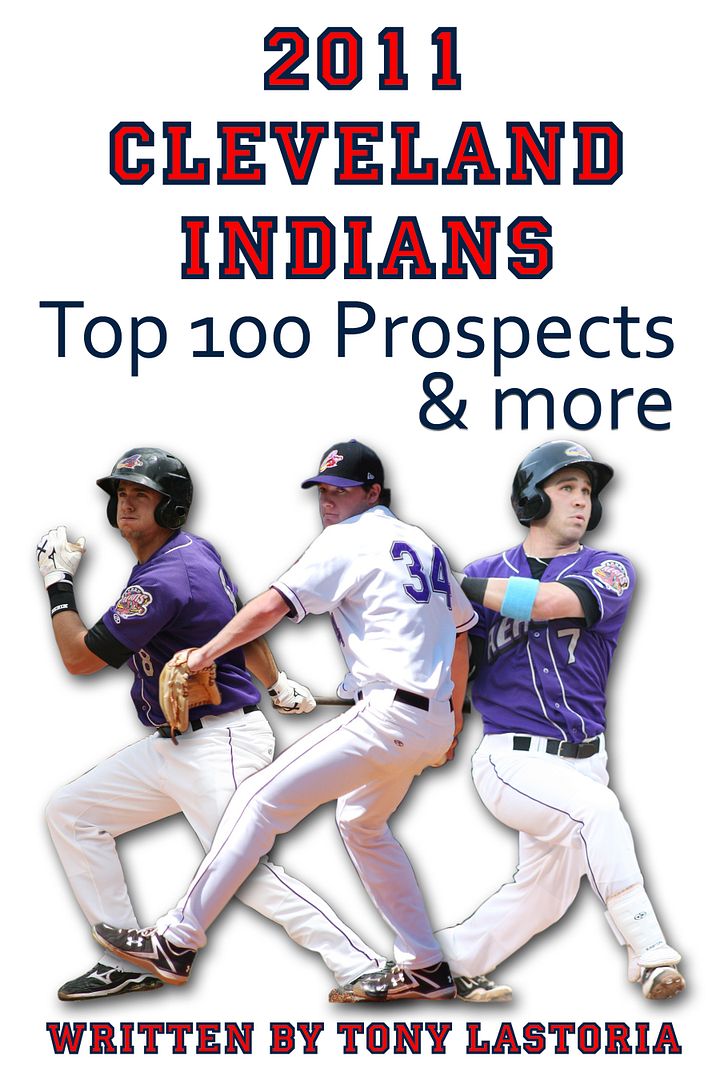
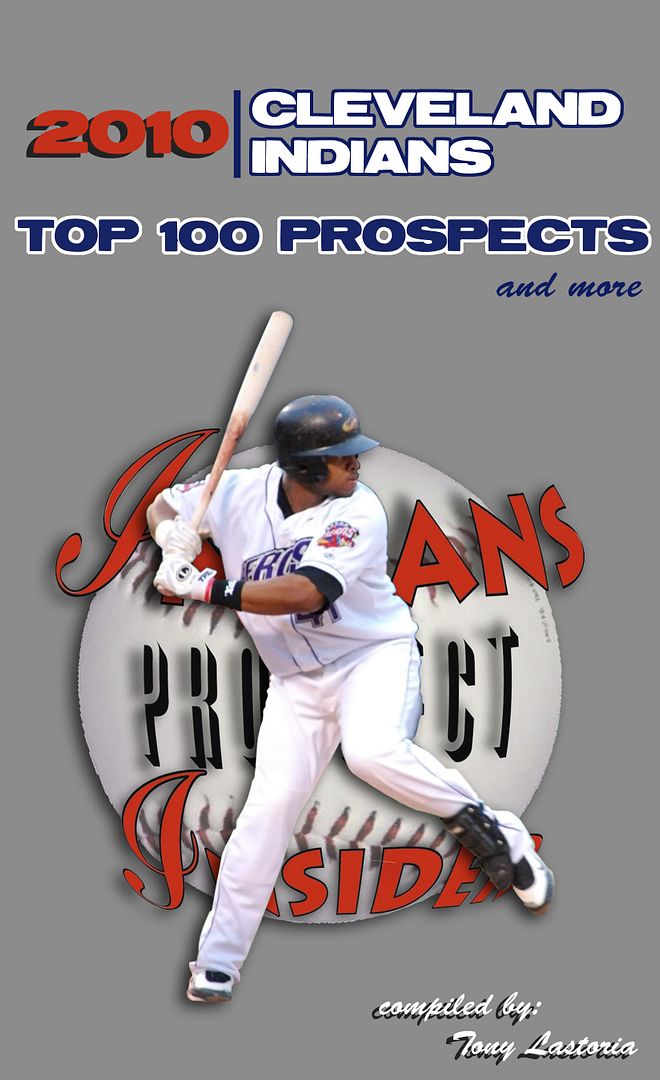
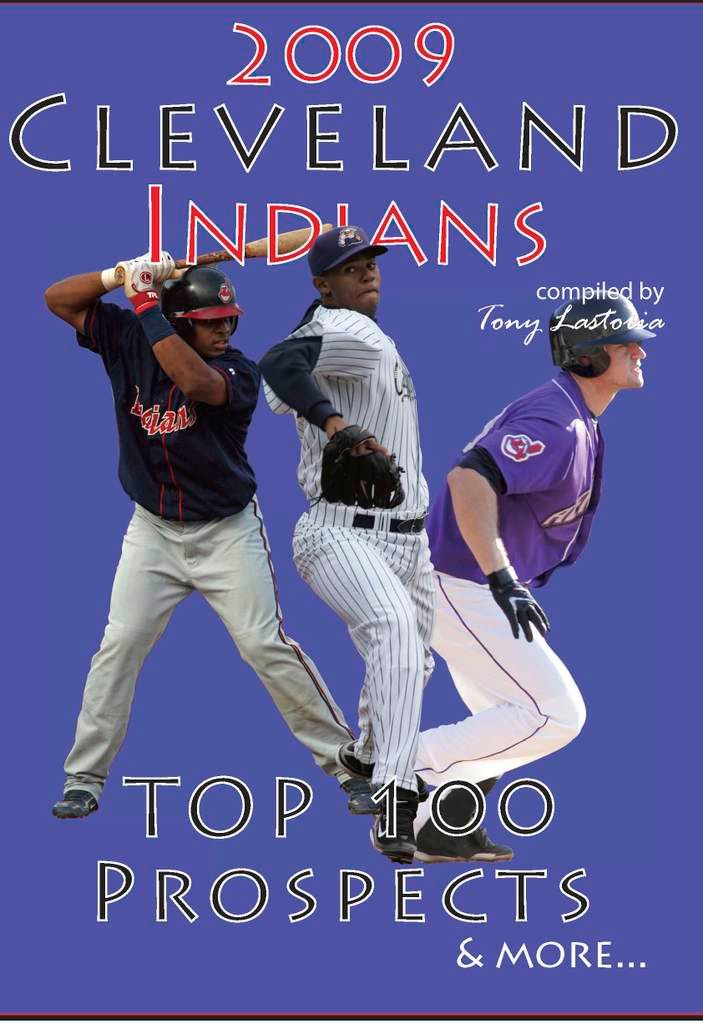
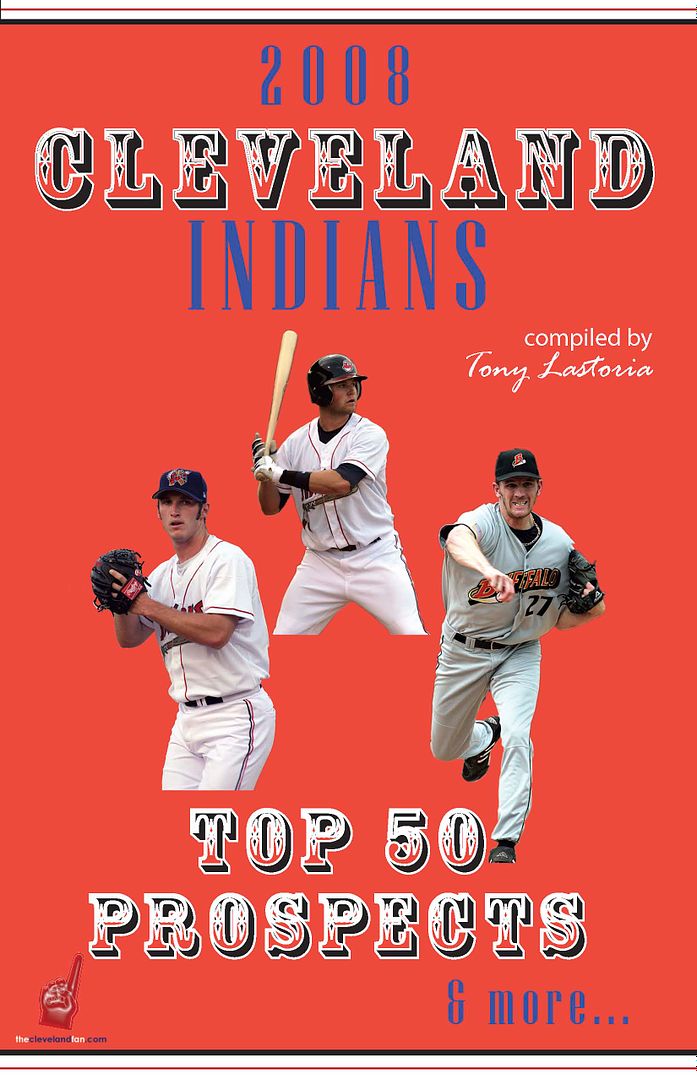
 Everything on this site is free, but for those interested in making any monetary contributions to help support the stability and growth of this site please click on the "Donate" button below.
Everything on this site is free, but for those interested in making any monetary contributions to help support the stability and growth of this site please click on the "Donate" button below.


2 comments:
Thanks, this information is really helpful. I'd always intended to look up these new stat categories I'd been hearing about, but never got around to it. I'm looking forward to learning about WAR.
Echoing dquinn, good column.
OPS & OPS+ are quick references to a player's worth, but no one should get too attached to them.
They don't account for overall strength of the lineup and your position in it(Who hits behind you; who hits in front of you.)
They don't account for whom you against (Lefties? Righties? Closers?)
Nothing replaces the judgment of a good GM and scouting staff.
Post a Comment